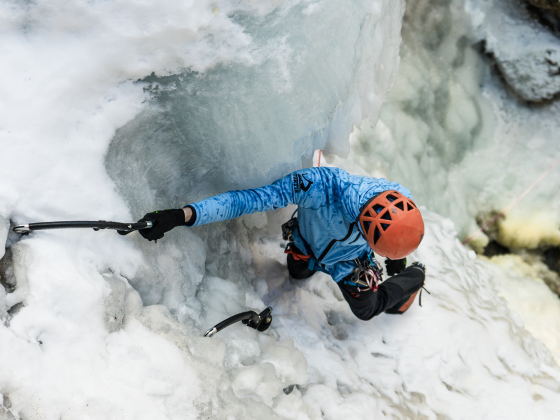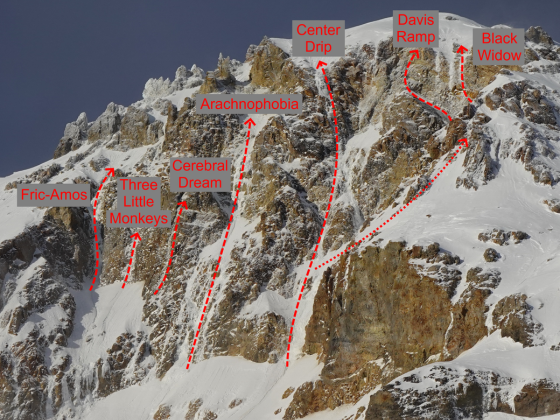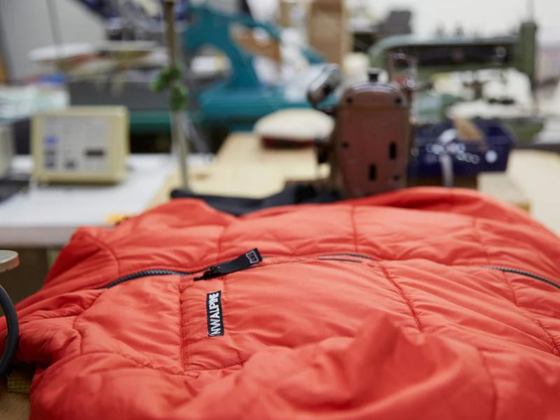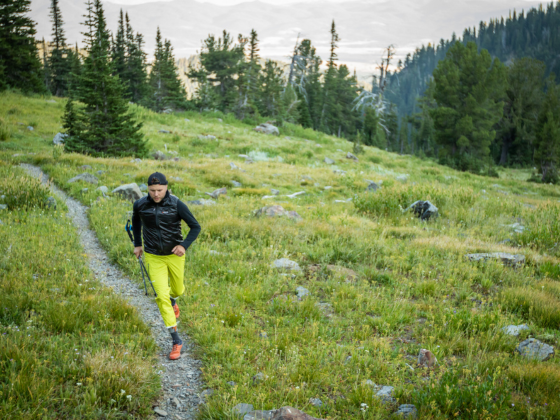A common question we get from customers is how to prolong the life of their technical apparel by giving it tender loving care. Most technical garments are made with fabrics which are essentially eternal if well cared for, so this is something that is worth paying attention to. Of course things will wear out, and that is part of the deal - but you can greatly extend the life of your outdoor clothing if you follow some or all of the advice here.
- Keep synthetic fabrics away from excess heat. I am sure you have a garment or two with holes in them from embers that blew onto you while standing around a campfire on a windy night. Garments made with synthetic fabrics have a relatively low melting point, so keep an eye out for situations which may have sources of heat that could cause damage. Auxiliary heaters, hot irons, camp stoves, etc. are all culprits. The same goes for clothing dryers - don’t put your cherished synthetics in a hot dryer. Better yet, don’t put them in a dryer at all. This one is true of all clothing. All of the heating and tumbling that dryers do will wear your clothes out more quickly, not to mention that it consumes a hell of a lot of energy.
- Wash stuff less. This one might seem a little counter intuitive, as synthetics tend to be bacteria factories, but the less you wash your clothing, the longer it will last. Also, consider the type of washer you are using. Center agitating washers are hell on your clothing because of the amount of twisting and abrasion they create. Consider using a front loading or agitatorless top loading washer on the gentle cycle for the least amount of damage to your clothes.
- We recommend using natural, unscented mild soaps. Many commercial soaps are full of dyes, coloring, scents and other crap. Try to find a balance between chemical cleaning power and soaps touted to be easy on the planet. You still want your stuff to get clean, but just how clean does it need to be?
- Remember that waterproof/breathable garments often need special care. The durable water repellent (DWR) coatings on these garments will wear out/off over time, but theoretically can be ‘refreshed’ by being put in a hot dryer after washing (totally the opposite of what we said in the first part of this). There are also special products that claim to recharge your DWR, but the problem with these is that they coat BOTH the inside and outside of your garment and functionally are relatively dubious in our opinion. We advise keeping your two and three layer waterproof/breathable jackets clean using common powdered laundry soap, or one of the special ‘waterproof/breathable’ soaps sold in outdoor shops - but not most common liquid soaps. As we mentioned, theoretically a hot dryer helps refresh your DWR, but remember it’s the laminated membrane in these fabrics that is keeping water out, so if your jacket wets out a little, it’s probably still keeping water out. That same membrane is unfortunately also relatively good at keeping water in, despite their designation as ‘breathable’ - particularly if the outer fabric is wetted out. See the problem here? Eventually you are going to get wet, so consider yourself warned and layer up with fabrics that are functional when wet.
- Ideally, store your garments hung up in a warm dry place. If that is not possible, do your best to see that they are clean and dry before you pack them away. In general all outdoor gear will last longer and perform better if you keep it (relatively) clean and dry - and not stuffed tightly into a stuff sack, plastic tote or duffle bag (we see you!). Anything you can hang up or air out so that it is free of moisture and stink before you store it will be a lot more pleasant to use next time you need it.
- Patches, alterations and tears are part of life for active outdoor folks. Keep in mind that repairing these injuries to your expensive garments as soon as possible after they happen will make your clothes last longer. Sure duct tape and the commercially available patching/repair tapes can be a nearly permanent solution, but if you want something more definitive, consider finding a local source for someone who knows how to repair technical outdoor clothing, do it yourself, or contact someone like Rainy Pass in Seattle who specializes in such things.
- Appropriate use of your stuff is another one that seems obvious, but we see people doing things with clothing that 100% is outside its intended use or expected life span. Did you glissade down a 14er and hit a bunch of rocks and ice? Probably not the best thing for your pants. Offwidths? Take a whipper on a J-Tree slab, someone kick you in the knee with their crampons? You used your fleece top while doing that big welding project? You get the picture. Use your stuff for the purpose it was intended and it will serve you well for many years.







